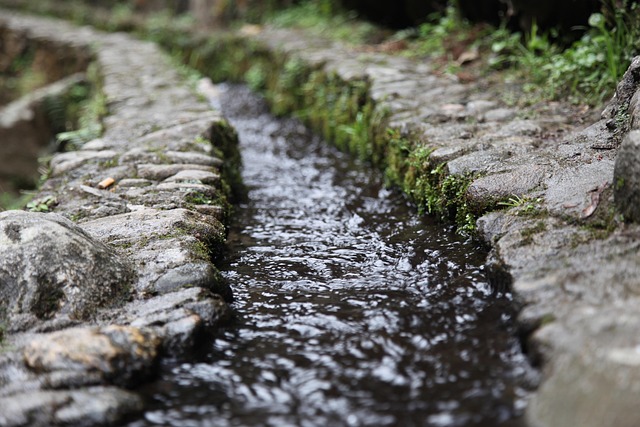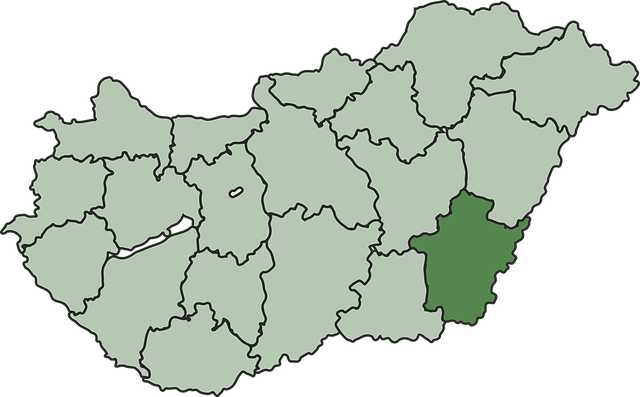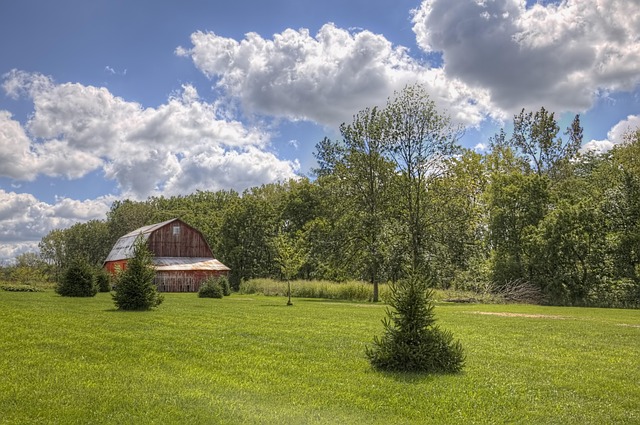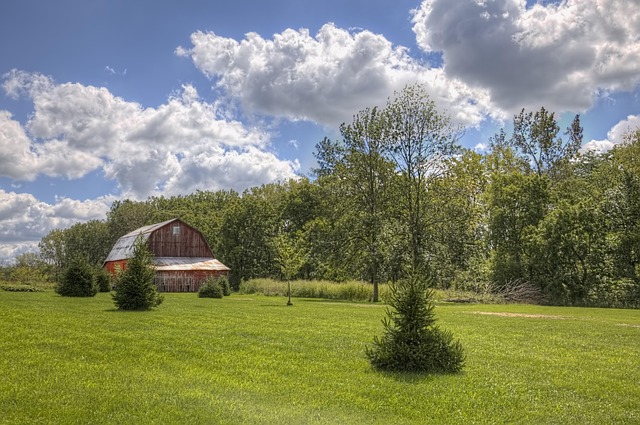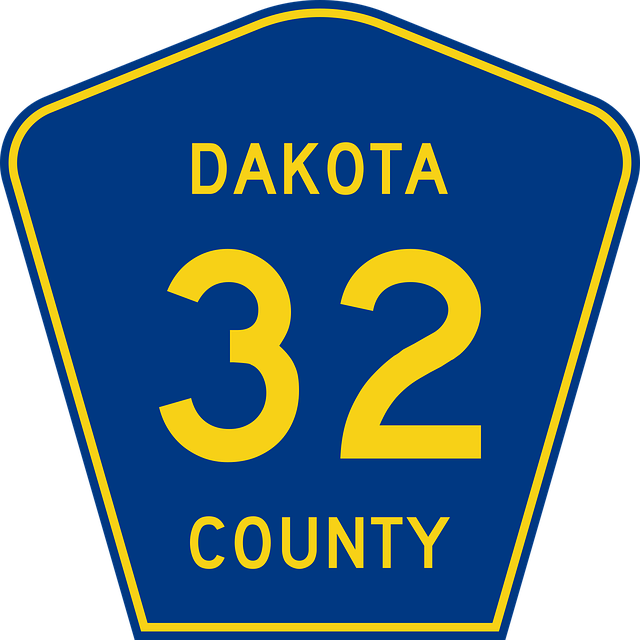Embracing active traditions rooted in frontier spirit can revitalize urban real estate by integrating outdoor spaces, adventure amenities, and community events that foster a strong sense of community. Historically, these traditions have left profound marks on landscapes and communities, aligning with seasonal cycles and attracting investments. In today's dynamic market, understanding consumer behavior through data-driven insights is crucial for making informed decisions in the buying, selling, and renting of properties.
“Unleash the power of active traditions in real estate development! Discover how frontier spirit, embodied through dynamic customs, has shaped landscapes and communities throughout history. From bustling markets to outdoor adventures, these traditions leave an indelible mark. Explore the connection between active lifestyles and property choices, and learn how modern developers can incorporate these elements into their projects. Unveiling historical examples and contemporary strategies, this article reveals the potential for vibrant, engaging real estate experiences.”
The Link Between Active Traditions and Frontier Spirit in Real Estate

In the realm of real estate, active traditions reflecting frontier spirit aren’t just historical relics; they’re a vibrant connection to the past that continues to shape modern landscapes. These traditions often involve outdoor pursuits, community engagement, and a deep-rooted sense of exploration—all hallmarks of pioneering times. Just as early frontiersmen ventured into untamed territories, today’s real estate developments can embrace active traditions by incorporating outdoor spaces, adventure amenities, and communities that foster a sense of discovery and connection to nature.
The link between these active traditions and frontier spirit lies in the shared desire to break free from ordinary routines, explore new horizons, and create lasting memories. In today’s bustling metropolises, real estate opportunities can leverage this heritage by offering residents access to hiking trails, adventure parks, and community events that celebrate the pioneering spirit. This not only enhances quality of life but also attracts a demographic seeking authentic experiences within their living environments, fostering a unique sense of belonging and community in the modern world.
Historical Examples of Active Traditions Shaping Landscapes and Communities

Throughout history, active traditions have left indelible marks on landscapes and communities, shaping them in profound ways. From ancient agrarian rituals to modern-day festivals, these practices often reflect a frontier spirit—a testament to humanity’s innate drive to conquer and harmonize with their surroundings. For instance, consider the agricultural rituals of indigenous cultures worldwide, where seasonal celebrations align with planting, harvesting, and hunting cycles, fostering a deep connection between communities and the land.
In many regions, these traditions continue to influence local real estate and community development. The sites chosen for festivals often become centers of cultural identity, attracting visitors and investments. For example, ancient pilgrimage routes in mountainous regions now draw tourists, revitalizing nearby villages and driving economic growth. This symbiotic relationship between tradition and place underscores the enduring impact of active cultural practices on both natural landscapes and man-made environments.
Modern Applications: How Active Traditions Can Enhance Real Estate Development and Marketing


